“Painful” and “pain” were commonly searched by women and less by seniors
First, let's check the trends in the number of people searching for the keywords “painful” and “pain.” For analysis, we used Dockpit, an online behavior log analytics tool from VALUES that allows you to analyze competitors’ websites and investigate trends using behavioral data that is updated monthly, all within your browser

Trends in the number of people searching for “painful” and “pain”
Period: April 2023 - March 2024
Devices: PC & Smartphone
According to the latest statistics from March 2024, the number of people searching monthly was 1.38 million for “painful” and 943,000 for “painful.” It turns out that many people use search using the keyword “pain.”
Next, let's take a closer look at the attributes of people who searched for “painful” or “pain.”
First, let's look at the male to female ratio.

People searching for “painful” and “pain” by gender
Period: April 2023 - March 2024
Devices: PC & Smartphone
It turns out that women account for more than 60% of people searching. This suggests that women are more likely to search online regarding pain.
Next is the ratio by age group.

People searching for “painful” and “pain” by age group
Period: April 2023 - March 2024
Devices: PC & Smartphone
Although there is a slight difference in the percentage of people searching based on whether they searched for the words “painful” or “pain,” overall, people searching were mainly in their 20s to 50s, and surprisingly, people searching were more likely to be in their 60s or older. It is clear that the percentage is low. It appears that seniors don’t tend to use the Internet to research physical symptoms that they are experiencing.
Interests are slightly vary between “painful” vs. “pain”
Next, compared to overall Internet users, people searching for “painful” and “pain” were more interested in the following words.

People searching for “painful” – Ranking of interest words
Period: April 2023 - March 2024
Devices: PC & Smartphone
People searching for “painful” are interested in words related to other physical symptoms such as “swelling,” “sluggish," and "watery eyes," as well as words related to pain, especially for women, such as “seven months pregnant” and “expected period date.” Words related to the timing of symptoms experienced were at the top of the rankings.

People searching for “pain” – Ranking of interest words
Period: April 2023 - March 2024
Devices: PC & Smartphone
On the other hand, we found that many of the words that people searching for “pain” were interested in were related to body parts, such as “left flank” and “pinky finger side.” There may be a tendency for people to search “pain” from slightly different perspectives, such as “how,” “when, “where” it hurt.
What kind of people are searching? By area of pain
■Sore throat is the most searched for
Next, we will look at the actual search words by adding up the number of people who searched for “painful” or “pain” to find out which parts of the body are searched the most.

“Painful” and “pain” search keyword rankings
Period: April 2023 - March 2024
Devices: PC & Smartphone
The most searched topic was “throat” pain. It is also often searched for in combination with the word “Covid,” referring to Covid-19, with many people suspecting a Covid-19 infection after experiencing a sore throat. Next on the ranking are “back,” “hip joints,” “knee,” “stomach,” and “eye pain.”
■A wide range of age groups search “throat,” “stomach,” and “eyes,” while middle-aged and older people search “back,” “hip joints” and “knees”
We would like to take a closer look at what kind of people search by area of pain and to see whether there are any trends.
Throat

People searching for “throat pain” and “painful throat” by gender (left) / by age group (right)
Period: April 2023 - March 2024
Devices: PC & Smartphone
It was found that the ratio of male to female was approximately 3:7 among those who searched for throat pain, and they came from a wide range of ages, mainly in their 40s. This suggests that information regarding caring for their throat is in demand among a wide range of people, regardless of whether they go to the hospital or not.
Back

People searching for “back pain” and “painful back” by gender (left) / by age (right)
Period: April 2023 - March 2024
Devices: PC & Smartphone
We found that the male to female ratio of people searching for back pain was approximately 3:7, and the majority were in their 40s and 50s. Back pain can be a sign of a visceral disease, so there seems to be a high need for it among people of this age who are more concerned about their health.
Hip joints

People searching for "hip joint pain,” "pain in the groin," "painful hip joint,” by gender (left) / by age group (right)
Period: April 2023 - March 2024
Devices: PC & Smartphone
Among those who searched for hip pain, the male to female ratio was approximately 2:8, with an even higher proportion of women. The majority were in their 40s to 60s. In fact, hip pain tends to occur more often in women in their 40s and 50s.
Knees

People searching for “knee pain” and “painful knee” by gender (left) / by age group (right)
Period: April 2023 - March 2024
Devices: PC & Smartphone
We found that the male to female ratio of people searching for knee pain was approximately 3:7, and the majority were in their 40s to 60s. There is a noticeable difference among younger people, with the percentage rapidly increasing for people over 40. We saw an influx of traffic to pages introducing treatments and stretching methods.

"Knee pain" "painful knee" - Inflow page ranking
Period: April 2023 - March 2024
Devices: PC & Smartphone
Stomach

People searching for “stomach pain” and “pain in the pit of the stomach” by gender (left) / by age group (right)
Period: April 2023 - March 2024
Devices: PC & Smartphone
It was found that people who searched for stomach pain had a male to female ratio of approximately 2:8, with a high proportion of women, and a wide range of age groups, with the majority being in their 40s and 50s. Because it is often caused by diet and stress, it is likely to occur regardless of age.
Eyes

People searching for “pain behind the eyes” and “painful eyes” by gender (left) / by age group (right)
Period: April 2023 - March 2024
Devices: PC & Smartphone
Among those who searched for eye pain, the male to female ratio was approximately 2:8, and similar to stomach pain, the search ranged across a wide range of age groups, perhaps due to the spread of digital devices.
Women often search for pain related to “menstruation,” “pregnancy,” “menopause,” and “children”
Next, we will use the attribute map to look at the relationship between search keywords, age, and gender.

“Painful” and “pain” – Attribute map (vertical axis: age, horizontal axis: gender)
Period: April 2023 - March 2024
Devices: PC & Smartphone
Since there are many women searching, when you look at the map, the overall distribution leans towards women. An exception to this is that men who are searching were more likely to report pain related to running. Words that are of strong interest to women are words related to the female body, such as “menopause,” “perimenstrual,” “menstruation,” and “pregnancy.” It may be that pain often develops when female hormones are disrupted. Additionally, the word “child” is also distributed in a female-leaning position, which brings to mind when mothers search for symptoms seen in her child.
When looking at age on the vertical axis, the words that are most common among young people are dental-related words such as “wisdom teeth,” “teeth,” and “gums,” and words related to cold symptoms such as “throat,” “sore throat,” “headache,” and “cold.” On the other hand, words that are common among middle-aged and older people include “shingles,” “elbow pain,” "knee pain," and "hip pain." Shingles is said to be a disease that is more likely to occur in people over the age of 50, and since it commonly causes joint pain, it can be seen that it is a pain that is particularly relevant to middle-aged and older people.
“Ubie,” which uses AI to tell you the name of the disease, is popular
We will look at the inflow site rankings to see which websites are accessed the most when searching for “painful” or “pain.”

"Painful" "pain" - Inflow site ranking
Period: April 2023 - March 2024
Devices: PC & Smartphone
The symptom search engine “Ubie'' ranks first. It can be said that it is a service that makes it easy to find the information people want, as it provides answers that match each person's symptoms, such as the name of the disease and where to go to see the doctor.
Ubie
A service that uses AI to tell you the most relevant disease name by answering questions
Next, EPARK (Medicalook, Kusuri no Magoduchi) came in second and third place, followed by NHK in fourth place, and Medical Note in fifth place. These websites provide information on diseases and drugs through columns and articles.
EPARK Medicalook
Websites with columns about physical symptoms

(Example of ranked pages)
"When your throat hurts" - Inflow page ranking (excerpt)
Period: April 2023 - March 2024
Devices: PC & Smartphone
EPARK Kusuri no Madoguchi
A website with columns about medicine
NHK Kenko Channel
A website with health and medical information based on NHK programs
Medical Note
A website where you can read articles about diseases, receive medical advice, and search for hospitals
It was also notable that Yahoo! Chiebukuro, a community driven question-answering website, was ranked in seventh place. This shows the psychology of users who want refer to answers and experiences of people with similar symptoms with themselves.
Summary
We investigated the search for “painful” and “pain.”
It has become clear that many of the people searching are women. The impression that mothers are often involved in painful situations such as pregnancy and menstruation and research their children's symptoms emerged through this research. We also found that the symptoms searched differ depending on age. "Throat," "stomach," and "eyes" tend to be searched by a wide range of age groups, while "shingles" and pain related to joints such as "elbows," "knees," and "hip joints" tend to be searched mainly by middle-aged and older people.
The most visited site was “Ubie,” which uses AI to tell you the names of related diseases, followed by media articles related to medical care and health. We also found that a certain number of people refer to Yahoo! Chiebukuro. The results demonstrate that the people want to want to reach peace of mind by understanding the cause for the pain and how to treat it.
About Dockpit
▼Data from Dockpit was used in this case study. Dockpit is an online behavior analytics tool provided by VALUES, Inc., and it allows you to access online behavioral data (updated monthly) via your browser so you can research competitor websites and investigate trends. There is a FREE version of Dockpit, so if you are interested in using it, please register below.
※日本語での記事はこちらをご確認ください

「痛み」の検索ニーズを調査。年齢によって異なる痛み、AI搭載の症状検索エンジンが人気
https://manamina.valuesccg.com/articles/3337身体に痛みを感じた時、まずはネット上で検索して病名を調べたり、対処法を探す人も多いのではないでしょうか。今回は「痛い」「痛み」というキーワードに注目し、直近1年間でどのような検索がされていたか調査しました。みんなの気になる痛みは何なのか、また痛みの種類ごとに検索者の特徴に傾向はあるのか、データから読み解いていきます。
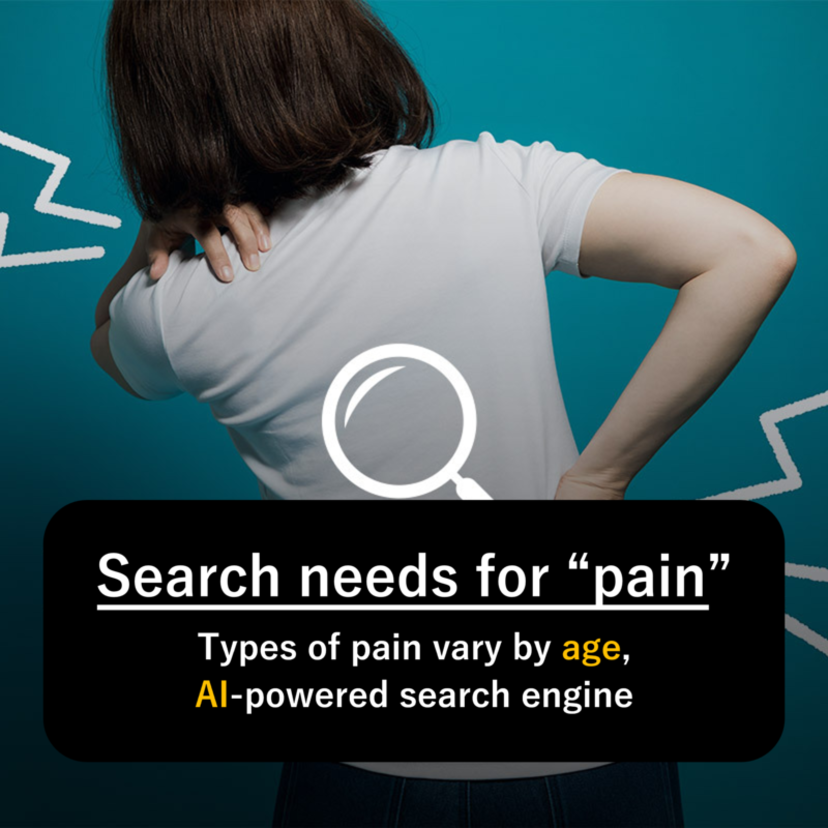

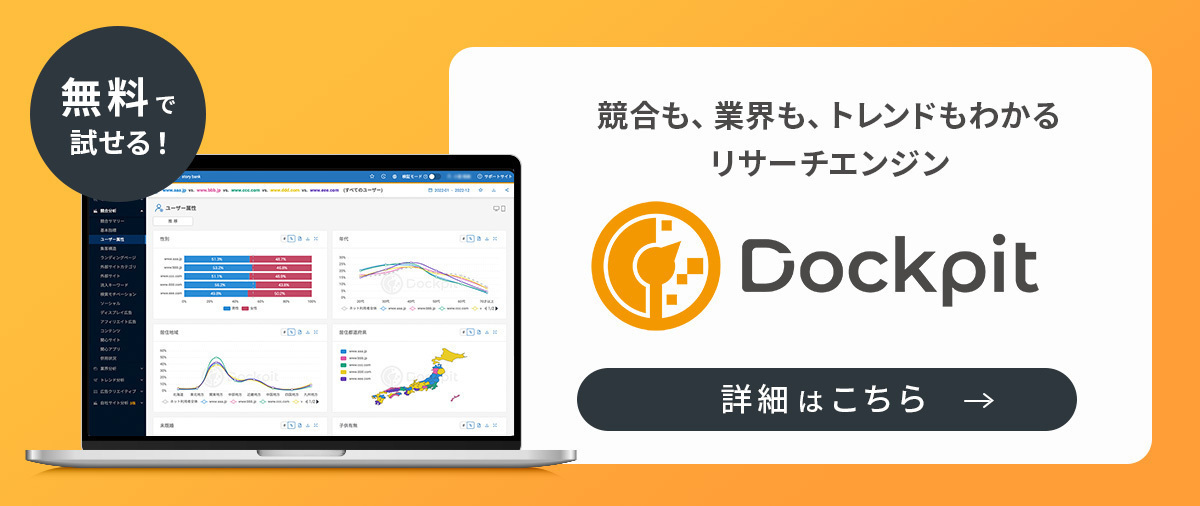
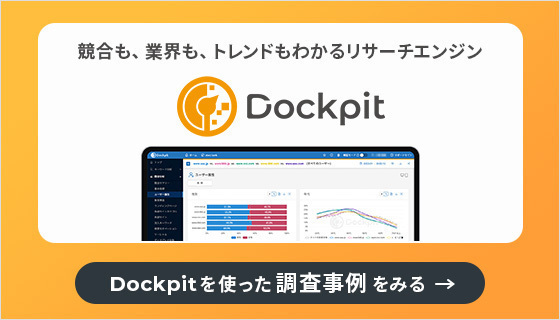

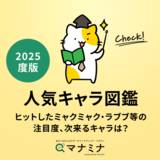

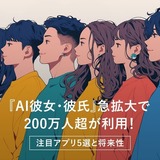


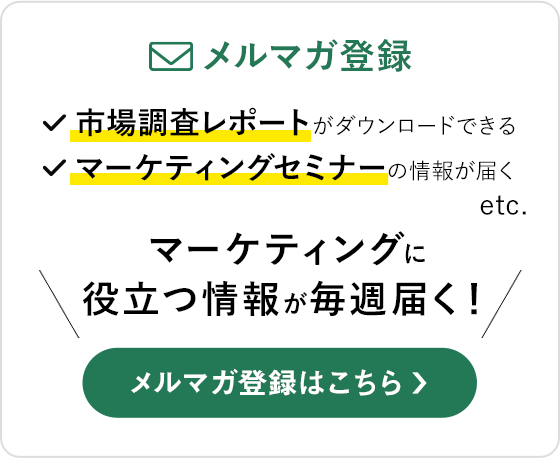








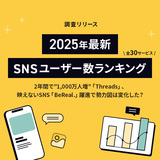
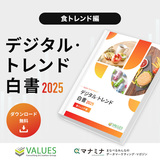


Born and raised in the Bay Area, U.S.A, I was fascinated by the different social and purchasing behaviors between Japanese and American consumers. I studied communication for undergrad and international marketing for my graduate studies. My professional background is in bilingual recruitment and Japanese-English translation.